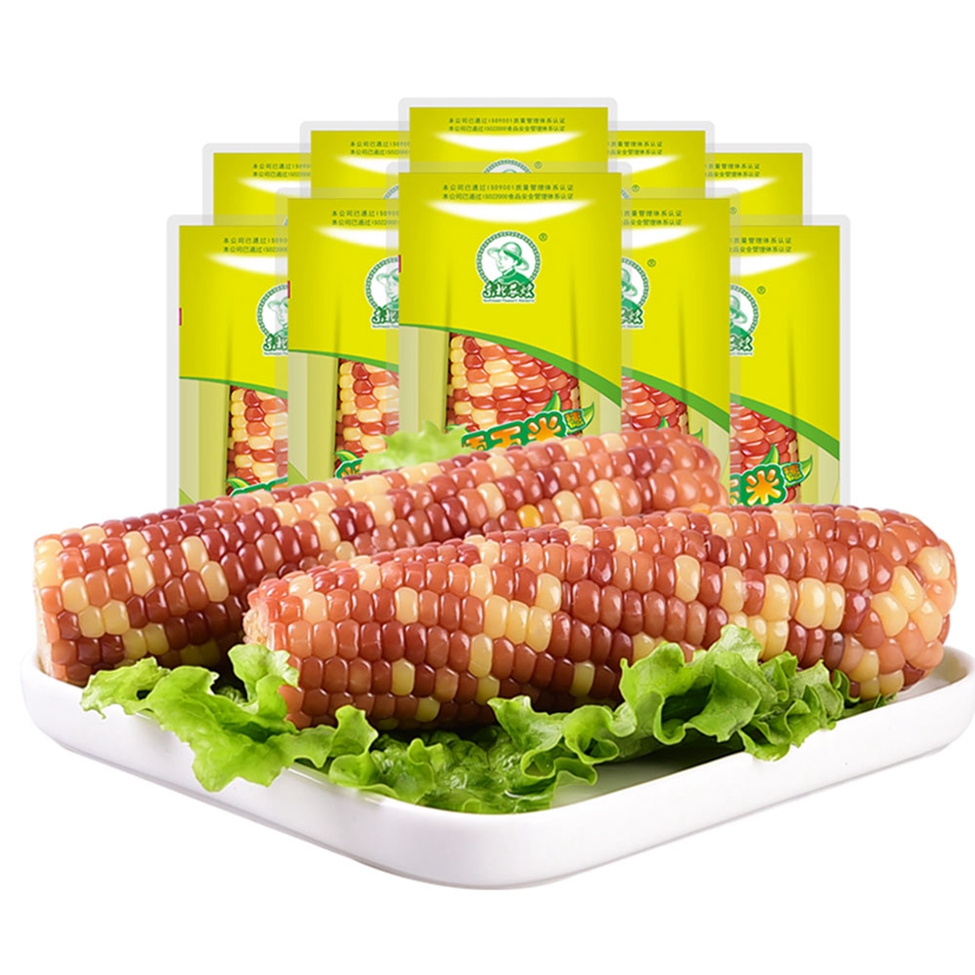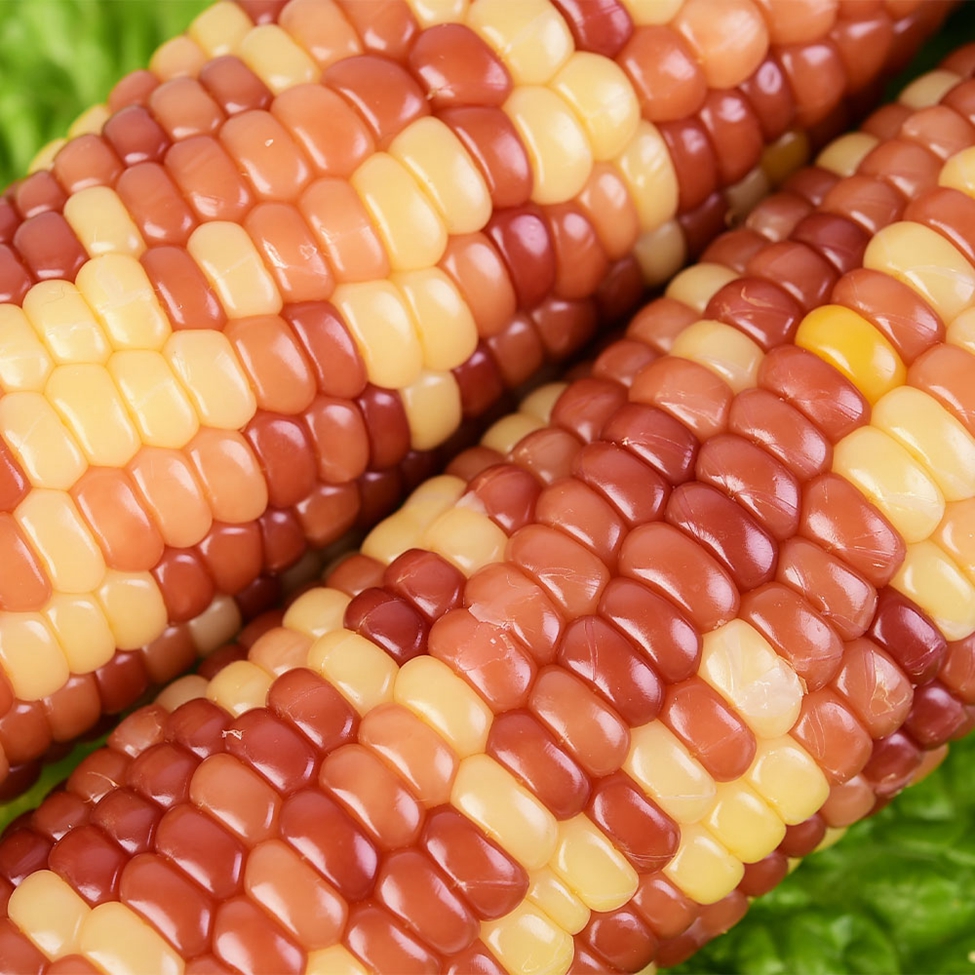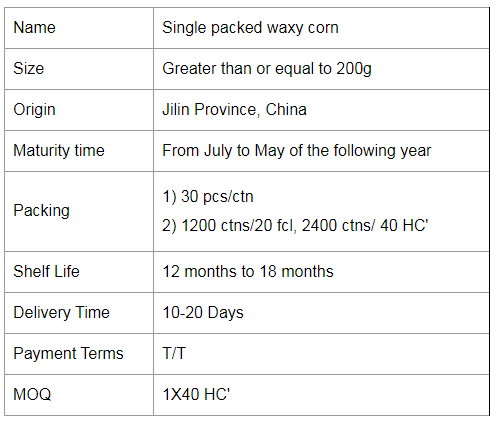Plant conditioning technology is critical
In life, I heard a lot of such voices: "How long is the strawberry bought on the market so long? It is still scary! The melon is not so fragrant, it is very big! The peach is also big and tasteless." The author told Surrounding family and friends, this is caused by improper use of plant growth regulators, try to eat as little as possible.
In recent years, the application of domestic plant growth regulators has been rapidly developed, and the variety of products is increasing, and the application fields are becoming wider and wider. In view of some problems in the application and promotion process, the author believes that the plant conditioner should be used with caution, and it is very necessary to strengthen scientific guidance, pay attention to rational use, improve the application technology level, and promote the benign development of plant growth regulators in the application field.
At present, plant growth regulators are widely used in agroforestry production worldwide, and there are more than 100 varieties that have been commercialized abroad. Among the current formulation registration products, ethephon, sodium nitrophenolate, gibberellic acid and paclobutraz accounted for nearly half. According to the data, in the past 20 years, the annual use of plant growth regulators in the international market has increased by 15%, so the use of technology must be followed up, and plant growth regulators need to be used with caution.
First of all, the plant growth regulator is a double-edged sword. It is better to do more with less. Cases such as improper use of swells caused by watermelon explosion, premature use of chlormequat to cause cotton stagnation, etc., indicate that similar problems are caused by products not registered, farmers over-range or application technology is not standardized.
Secondly, the use period of plant growth regulators has strict requirements. Once the application period is improper, it will cause phytotoxicity, but the yield will be reduced, while the particles will not be harvested. The efficacy of plant growth regulators is influenced by many factors, such as crop variety, growth cycle, application site, conditioner variety, application concentration, application method, and external natural conditions. Therefore, there is a high demand for the use of plant growth regulators. Once errors occur, it may cause phytotoxicity to crops and cause unnecessary losses. The problem of phytotoxicity is the most prominent problem in the use of plant growth regulators.
Finally, the usage and dosage should be appropriate. Since different crop varieties have different sensitivities to the same plant growth regulator, the plant growth regulator should be tested first and then applied. Moreover, the dosage of each plant growth regulator is strictly limited. If the dosage is low, the effect is not achieved, and when it is used, the phytotoxicity is caused. In addition, the compounding technology of plant growth regulators is also verified by strict formulation screening and field trials, which can play a synergistic effect, such as 2.85% sodium nitrate and naphthaleneacetic acid, 30% amine and ethephon. Agents, etc., are excellent compound preparations for plant growth regulators, but not all plant growth regulators can be used in combination, so plant growth regulators must be used with caution.
This article URL: Plant conditioning technology is critical
Single Packed Mottled Waxy Corn
Waxy corn comes in a variety of colours. Some people wonder if waxy corn is a genetically modified product. In fact, it is not. Waxy corn originated in China. It is caused by a genetic mutation. Artificial selection gradually led to the emergence of a type of tannin.
Waxy corn, also known as waxy corn, is sticky corn. The grain has coarse, waxy endosperm, similar to shiny, glassy (clear) grains such as hard and dented corn. Its chemical and physical characteristics are controlled by a recessive gene (wx), which is located on chromosome 9. 100% of the starch in the endosperm is straight-chain starch.
Coloured glutinous corn is generally white, yellow, red, purple and black, with white, yellow and purple corn being the basic colours. Purple and white hybrids naturally become purple if the purple gene "beats" the white gene and vice versa, so if the two tie we see white and purple corn. Purple can turn into red and black corn, or as we often say, "red is purple and black is purple". Of these colourful corn, the most common yellow waxy corn is the most nutritious as it is rich in carotenoids...
Currently, the only genetically modified foods sold on the Chinese market are soybean oil and papaya. Waxy maize is a hybrid variety and is not associated with genetic modification. Therefore, it can be concluded that glutinous maize is a hybrid variety and has nothing to do with genetic modification.
Genetic modification is a type of "genetic engineering" in modern science and technology, which makes use of modern molecular biology techniques. Hybridisation is the mating of individuals of different genotypes to produce offspring that are different from the original "pure" breed. In a sense, it belongs to the natural exchange of genes that can occur in nature.



Colorful Waxy Corn,Colorful Mottled Waxy Corn,Single Packed Mottled Waxy Corn,Single Packed Colorful Waxy Corn
Jilin Province Argricultural Sister-in-law Food Co., Ltd. , https://www.nongsaocorn.com